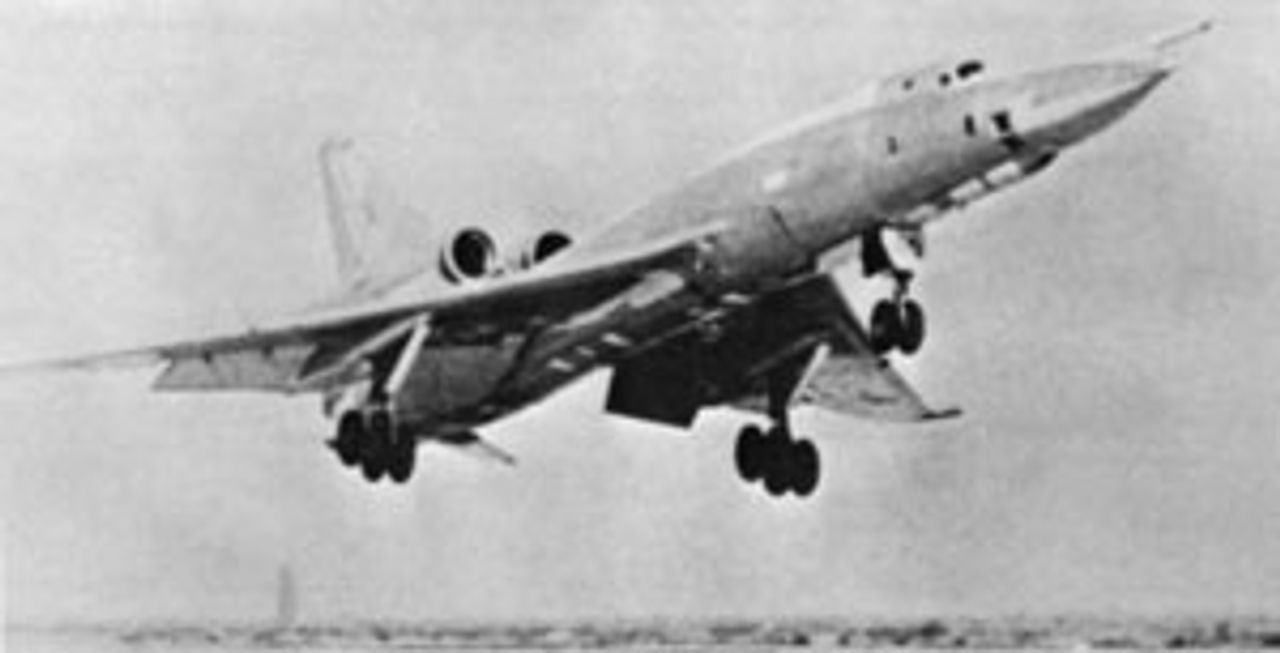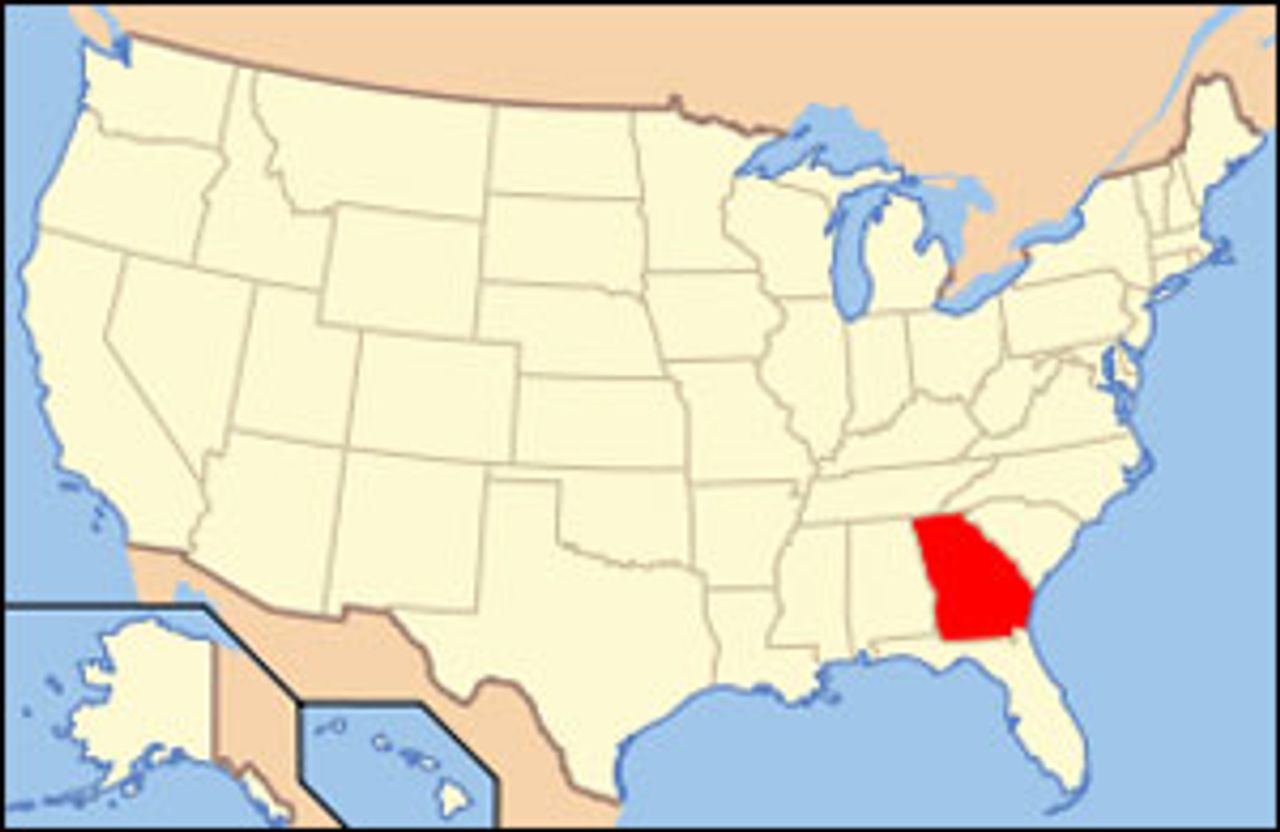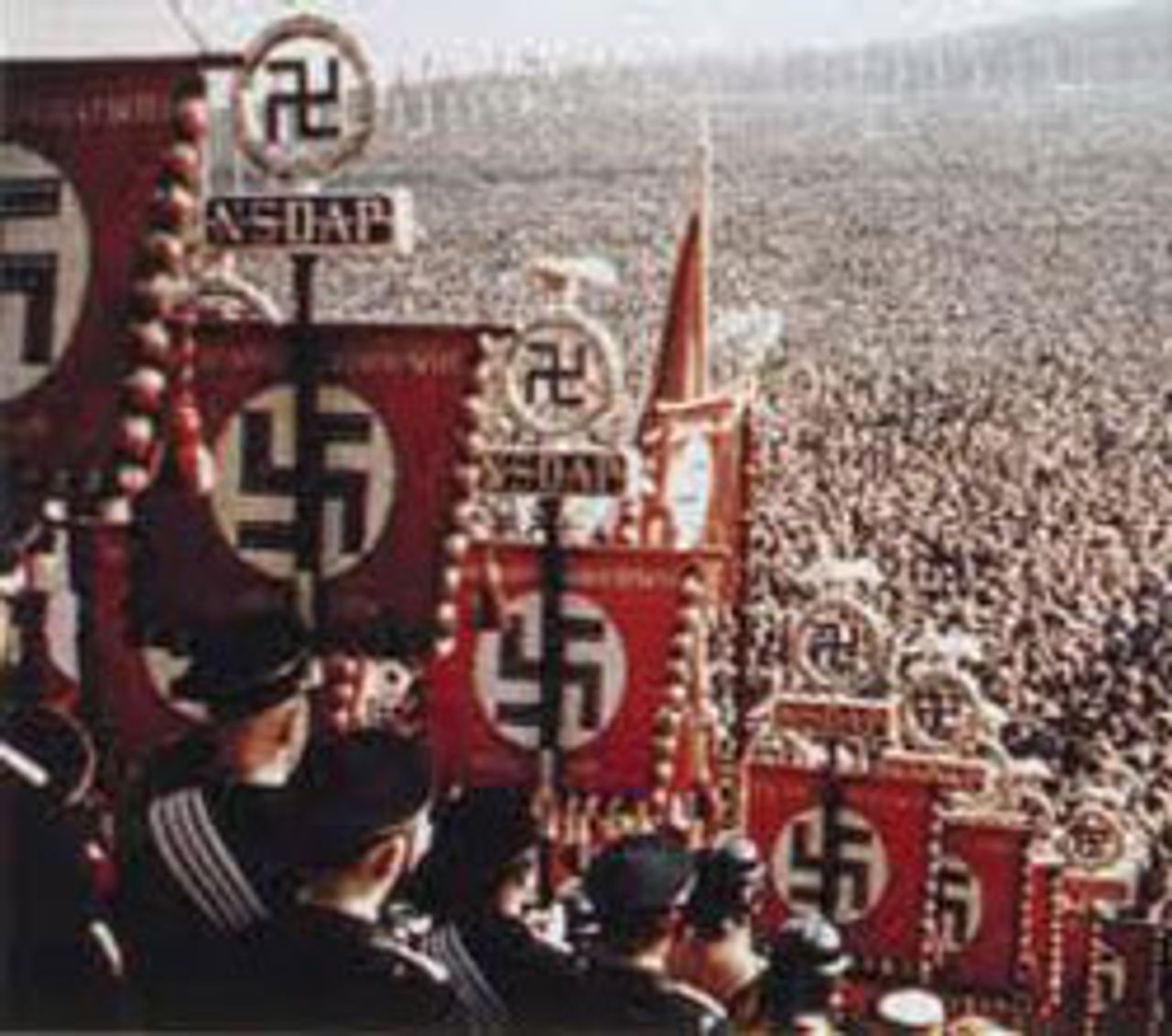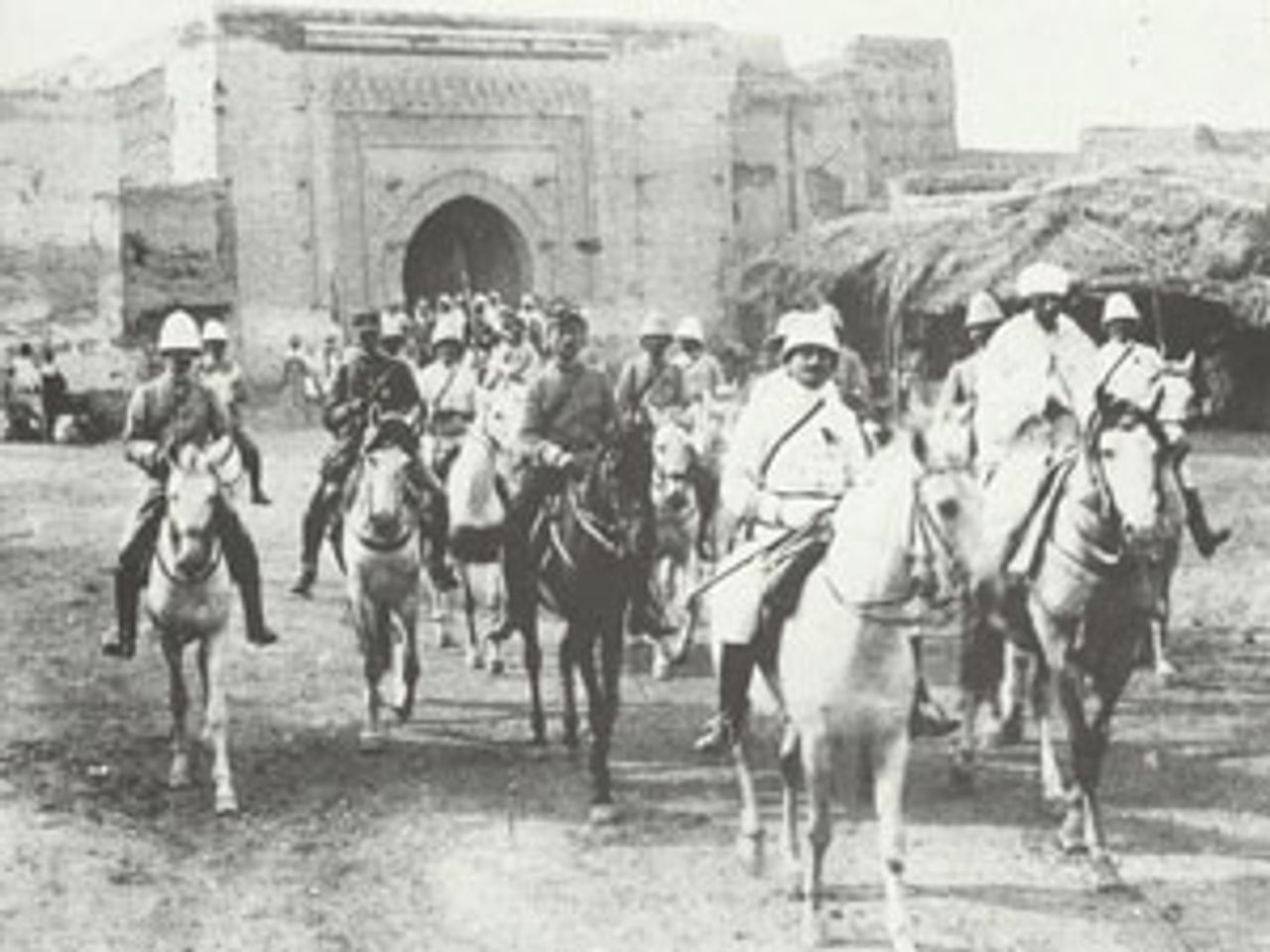This Week in History provides brief synopses of important historical events whose anniversaries fall this week.
25 Years Ago | 50 Years Ago | 75 Years Ago | 100 Years Ago
25 years ago: French forces shoot down Libyan bomber
 Libyan Turpolev jet bomber
Libyan Turpolev jet bomberOn September 8, 1987, French forces shot down a Libyan jet bomber. The aircraft, a Soviet-built Turpolev-22, was one of three of the supersonic aircraft involved in a punitive bombing operation on Chad’s capital airport at N’Djamena. It was hit by a battery of US-made Hawk missiles fired by French forces.
In what had been a proxy war up to that point, Libya’s raid on Chad’s airport was in retaliation for a seizure of the Libyan military base Matan as Sarra, 60 miles deep into undisputedly Libyan territory, two days earlier. Chad and Libya, once allies, had a longstanding border dispute that fueled conflict between the two countries. Chad had the support of France.
While France defended its action in shooting down the Libyan Tu-22, within the country there was concern that Chadian President Hissen Habre was being egged on by the US, which aimed to topple Libyan leader Muammar Gaddafi. A year earlier the US had been denounced by the United Nations for its April 15, 1986 bombing raid on Libya, supposedly in retaliation for acts of international terror. The raid, which killed 100, was designed to kill Gaddafi, but the leader had been alerted in advance.
50 years ago: Terrorist violence against blacks in Georgia
 Georgia
GeorgiaOn September 9, 1962, racists burnt two African-American churches in Georgia, becoming the sixth and seventh churches torched in the southern US state that year. The latest burnings were in Chickasawhatchee and Sasser in southwestern Georgia’s Terrell County.
The violence was aimed at suppressing the political organization of black workers in the South. At the Sasser church a voter registration event had been held only days earlier by the Student Non-Violent Coordinating Committee (SNCC). Three weeks earlier a church in Leesburg where voter registration was taking place was also burnt, and one week earlier night riders had sprayed bullets into the home of Leesburg blacks who had participated in the registration drive.
The violence was overseen and enforced by the southern political elite, who controlled the Democratic Party and most state and local offices. Z.T. Matthews, sherriff of Terrell County, along with his deputies harassed the voter registration volunteers, black and white, and intimidated the black workers seeking to exercise their democratic rights. When SNCC sought a court injunction blocking Matthews from menacing voter registration efforts, Federal District Judge J. Robert Elliott of Columbus, Georgia, rejected the suit, ruling that there was no evidence of a clear and present threat. After the burnings, Sherriff Mathews said that he found “no physical evidence to suspect arson.” Agents for the Federal Bureau of Investigation (FBI) had been present in Saser but failed to stop the burning.
Terrell County, with a population of 12,472, was nearly two thirds black, but only about 50 blacks were registered to vote.
75 years ago: Nazis hold Nuremberg Rally
 1937 Nuremberg Rally
1937 Nuremberg Rally The ninth Nazi Rally at Nuremberg, named the “Rally of Work” in view of the supposed eradication of German unemployment, began on September 7, 1937 with a speech by Adolph Hitler.
Hitler’s speech made clear that the Third Reich was preparing for war. He enthusiastically praised Germany’s alliance with Mussolini’s Italian fascist regime, which he called a “community of wills,” claiming their relationship made it impossible for any nation to ignore them when making calculations on international politics. The Nazi regime’s anti-Soviet pact with Imperial Japan was also spoken of warmly by Hitler.
Hitler demanded the return of German colonies lost in World War I and complained that the country’s lebensraum was too small to deliver security and a permanent food supply. He said it was intolerable that Germany must remain dependent upon the vagaries of the German national harvest. “By presenting the colonial claims on this basis” wrote the correspondent for the London Times, “Herr Hitler may be said to have given the interested Powers clear warning that the acquisition of additional territory may become an essential part of Nazi programme.”
The rally once again exhibited the anti-socialist and anti-working class nature of fascism. The “Anti-Bolshevik exhibition” held in conjunction with the previous year’s rally was again present in 1937. Marxism and the French Revolutions of 1789 and 1848 were bitterly attacked. Other parts of the anti-Bolshevik exhibition crudely attacked Europe’s Jews. Two rooms were filled with propaganda by Italian fascism and a further stall devoted to the supposed horrors of Spanish Bolshevism showed pictures of burning churches in Spain.
100 years ago: French forces massacre thousands in Morocco
 Mangin enters Marrakech
Mangin enters Marrakech On September 6, 1912, 5,000 French troops, led by General Mangin, crushed an uprising of 10,000 Moroccan troops at Sidi Bou Othmane in the south of Morocco. Ahmed al-Hiba, who had proclaimed himself Sultan, had installed himself in Marrakesh where he imprisoned French military officers and the French Consul. Poorly armed Moroccans, who had been promised by al-Hiba that “French bullets would turn into water and French shells into watermelons” charged at the French troops who swooped on Hibist forces at Sidi Bou Othmane.
Within two hours, 2,000 Moroccan tribesmen lay dead and thousands more were wounded while others fled through the other side of the city. Four French soldiers died and 23 were wounded. The Sidi Bou Othmane uprising followed the Mutiny of Fez, which had begun in April that year in the north, against the colonization of Morocco by France.
The victory established France’s authority in the south. France had already brought a large part of the north under its rule. Morocco’s strategic position, trade and rich resources had been the source of imperialist intrigue. In 1904, France and Spain divided Morocco between them, with France controlling a larger area. Displeased at being left out, Germany disapproved of this arrangement.
Only in exchange for concessions elsewhere did it agree to Morocco becoming a French protectorate in May 1912, when the Treaty of Fez was signed. After the country became a French protectorate, French civil servants formed an alliance with French settlers to prevent attempts towards Moroccan autonomy. Many thousands of French settlers purchased large amounts of the rich agricultural land and they pressured France to increase its control over Morocco.
